Toolkit: Obwigszyh
Published September, 2024
by Easterndaze
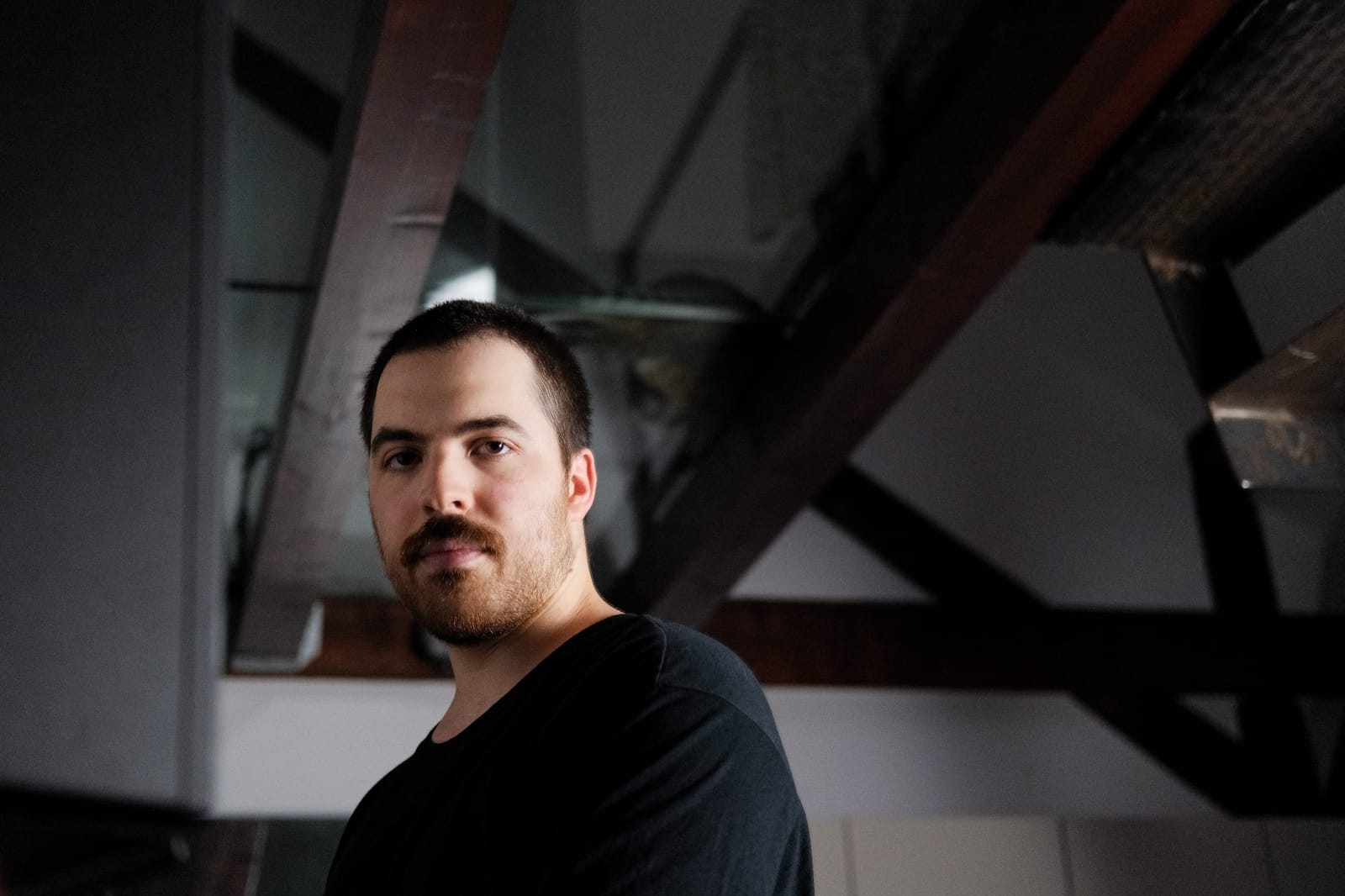
Obwigszyh is a Budapest-based composer, DJ, and a member of the Műhely collective and label. His releases roam through dark and industrial realms, occasionally reaching toward lighter, more ambient and experimental soundscapes. His music has appeared under several different European labels including Műhely, EXILES, BRVTAL, Ōtomo Trax, and Fallen Metropolis.
I met him on a scorching hot July evening in Budapest’s Palace District to discuss his residency in Sweden, his creative methods, his upcoming material, and a new project.
What does the Obwigszyh project mean to you?
It’s essentially the project that encompasses my compositions and my live, performative work. It’s mostly techno, but I also have ambient albums and performances under that name. Musically speaking, it’s hard to narrow down, there are so many genres that appear under the Obwigszyh name, thinking of the Metallic Flood album from 2021, or the Shards album from 2022, more abstract stuff. These two worlds, techno and ambient, are of course seen as seperate genres, but as a musician, I feel that they are very much connected: they are made with similar instruments and are similar in form, too. For me, both musical worlds can be equally repetitive and exciting, and they come organically for me to sit down and make.
I’m planning a new project actually, an alias for my live performances which won’t be called Obwigszyh. I don’t really like performing with Ableton, I want a new music project that focuses on using modular synths. Over the years I’ve found that for me, and I think the audience as well, it’s more exciting to have a live set that’s as complex as possible, regardless of its genre – and I feel like the best way to achieve this is by taking the laptop out of the mix and incorporating a variety of different modules.
What attracts you to one musical world over another?
That process is entirely emotional. Sometimes I feel like I don’t even make decisions, I just fall into things – then, once I’m in, I usually stay put for a longer period. When I’m making an ambient album, I never get an interfering urge to start a techno one.
How many different studios and instrument libraries have you worked with?
The first major studio I worked in was the studio of the Electronic Music and Media Arts course at the University of Pécs. My approach was to always make the most of what I had access to: record sounds, swap around synthesizers, that’s what I do most of the time. I just need a good machine with Ableton and a space where I can immerse myself, which can take on many forms. I don’t even know how many spaces I’ve used as studios, it never really mattered. There was a period of time when I could even get in the zone on the train from Pécs to Pest, if that’s where an idea came to me that I wanted to do. In my last apartment, I made music from my sofa, and I got some pretty good flows out of it.
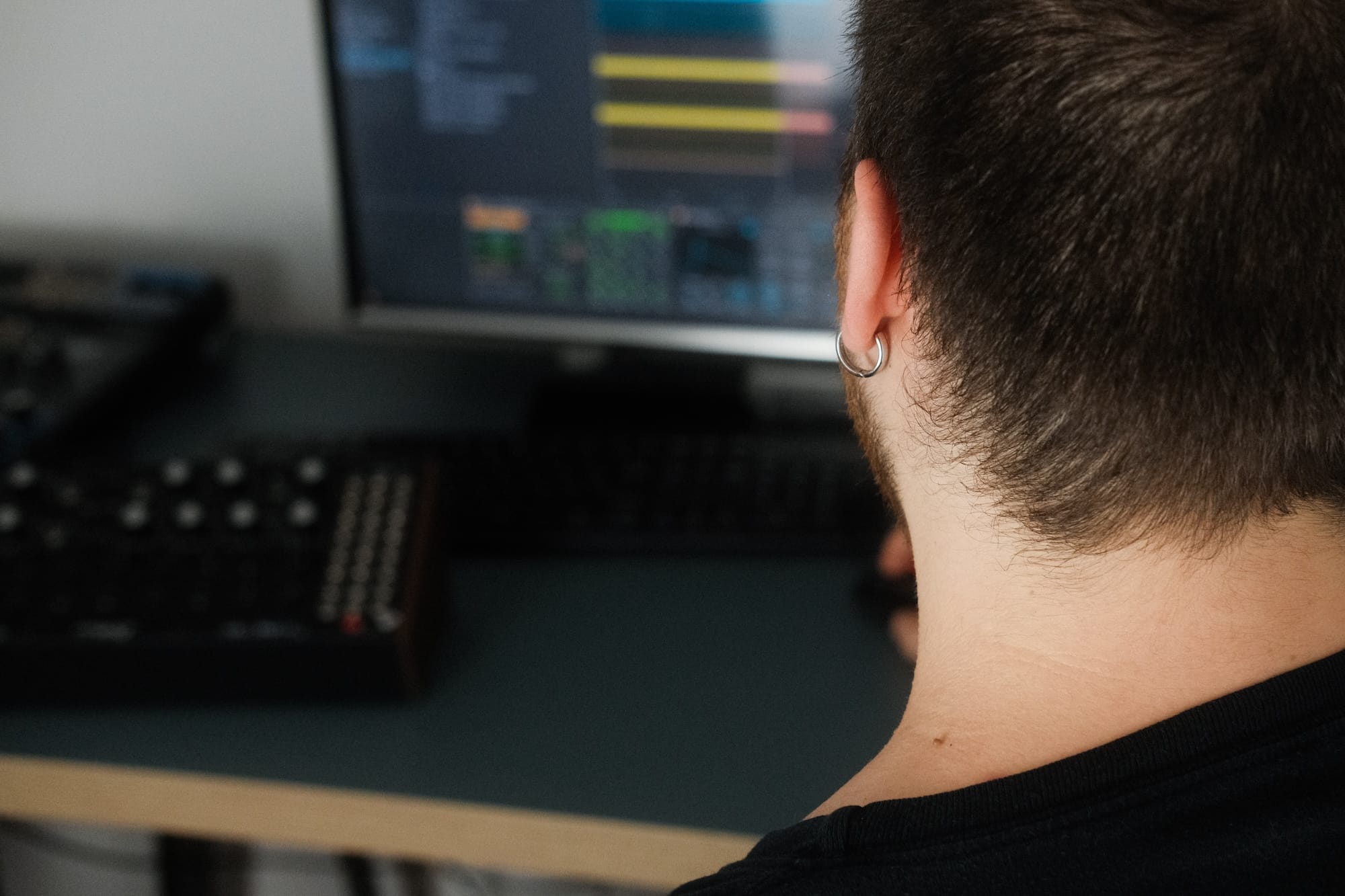
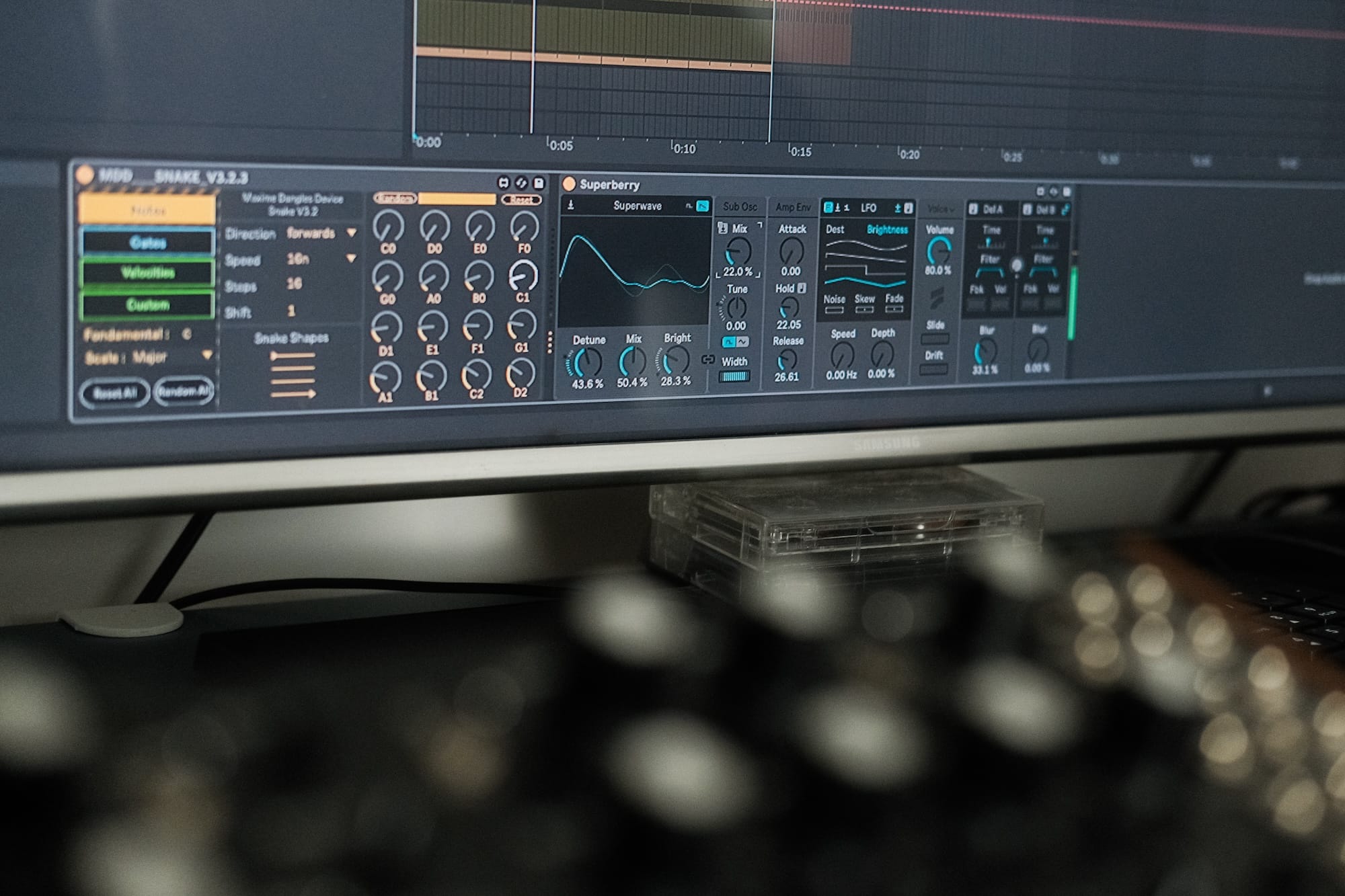
What inspires you to make music?
Live musical experiences, mostly – live sets, even DJ sets. It’s important for it to be channelled through several senses at once, what kind of space it’s in, what the vibe is like, and the way it all resonates with me at the time. Often it’s these experiences that make me want to put together an EP. They can give me a pretty quick and precise indication of what I want to do.
One of the most defining experiences for me was a Mika Vainio gig at Trafó (November 2014, Electrify vol. 6 – ed.). Back then, I’d only had a few experimental music experiences like that, and all I remember is sitting down and then being blown to shreds (laughs). That was that. I melted right into the seat I was sitting on and just tripped out. I couldn’t even identify what set-up he was playing with, his structure, and the way he was placing sounds on the timeline felt completely new. I also really liked how dark the space was – there was a single strobe on the performer, and that was it. A similarly important techno experience was American DJ DVS1’s set (May 2015, at the former Tesla Budapest Klub – ed.): he played from two turntables and two CDJs, mixing fast, and yet it was like listening to one long song, all in a 4-hour set.
Then on top of these experiences, my music is also influenced by my internal world. I wouldn’t say they’re expressed specifically in the music, I definitely don’t make music in a poetic way. I get urges to create in my lighter and heavier periods equally, the momentum tends to come quite intuitively.
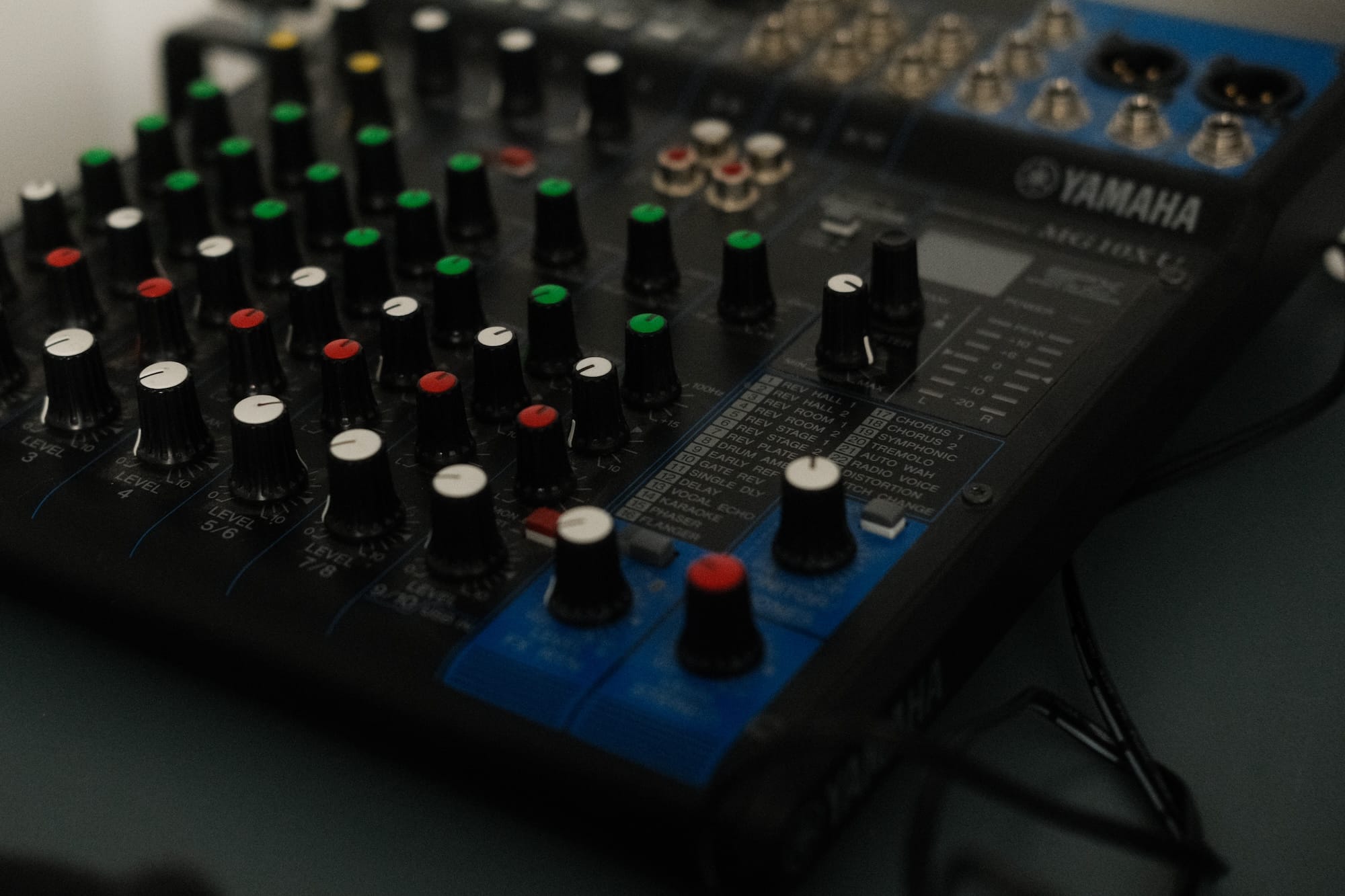
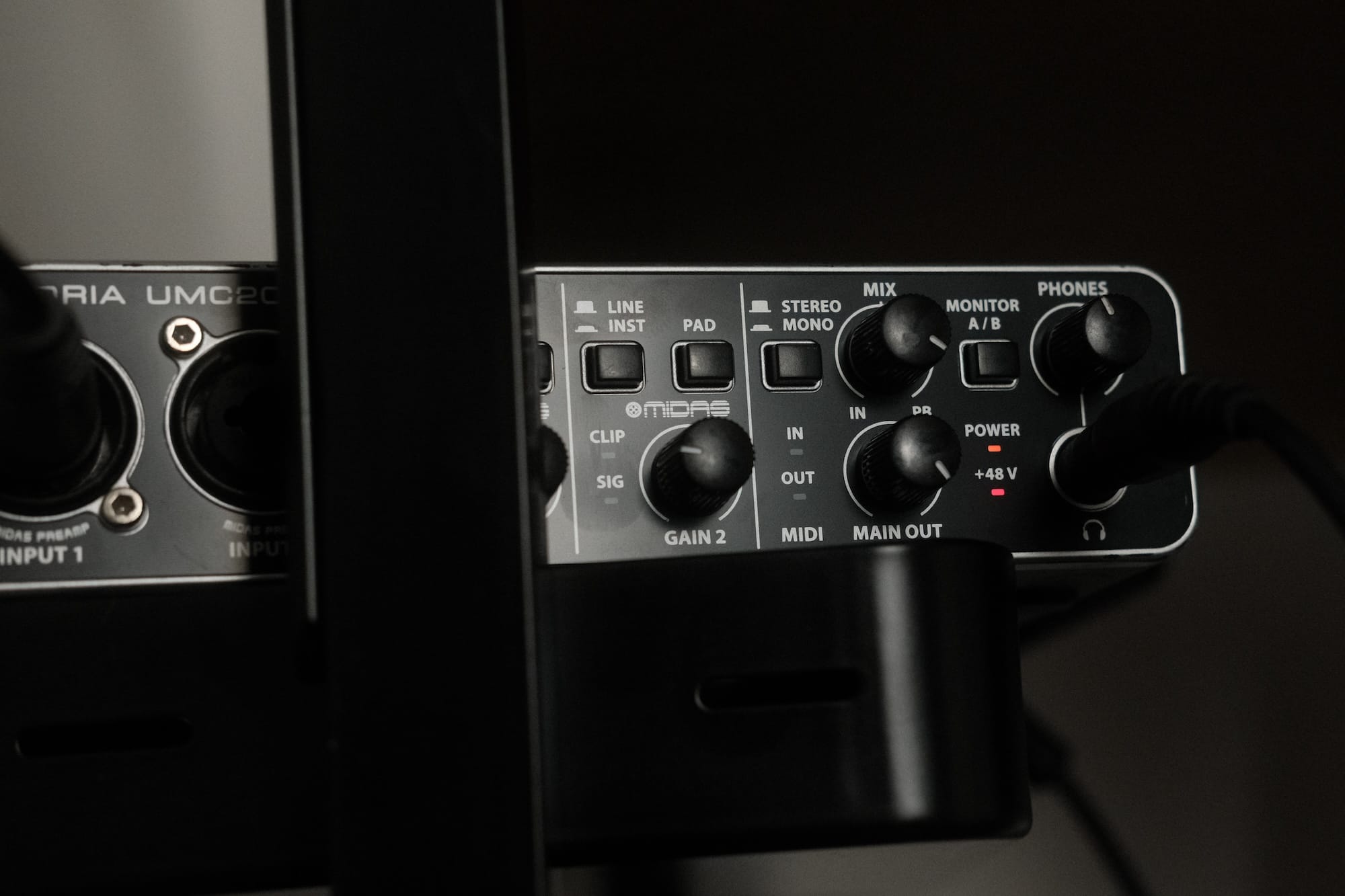
Let’s move on to a more classic question: software or hardware?
(laughs) The eternal dilemma… I think the evolution of technology helps producers a lot, the fact that there are DAWs and software that allow you to do more than one thing at once – not only writing music, but also mixing and mastering. For me, mixing often plays an important role in shaping sound, a layer becomes exciting because of the way it’s mixed. Sound effects and EQs that I couldn’t achieve with just a synthesizer and would find it difficult to implement in a hardware environment but are at my fingertips on a laptop. I find it more organic to piece a track together in Ableton from start to finish.
This can also break the “live” feel of music though. I mean, sure, it’s possible to make a piece sound as if it were live in Ableton (even if I’m not making the music in real time), but for a live performance, I feel that hardware is much better. It sounds fuller than Ableton-tweaked stuff, it’s more raw, and I think that makes it more effective, more exciting. But yeah, I consider myself to be more of a composer at heart, and using a fixed system like Ableton works better for that. So that’s why I’d say: I like both.
What are your most important tools at the moment?
DFAM is one (Moog’s analogue drum machine called Drummer From Another Mother – ed.), a timeless classic, I don’t think I’d ever sell it. I sold three of my synths about six months ago to buy a DJ set-up. Part of that is an Allen & Heath XONE:96 mixer, which I think if you learn to mix well, is quite useful in this milieu. Anyway, the plan is to get better synths in time, and until then I’ll use the tried and tested Ableton software synths and Max for Live devices. I really like Opal, for example.
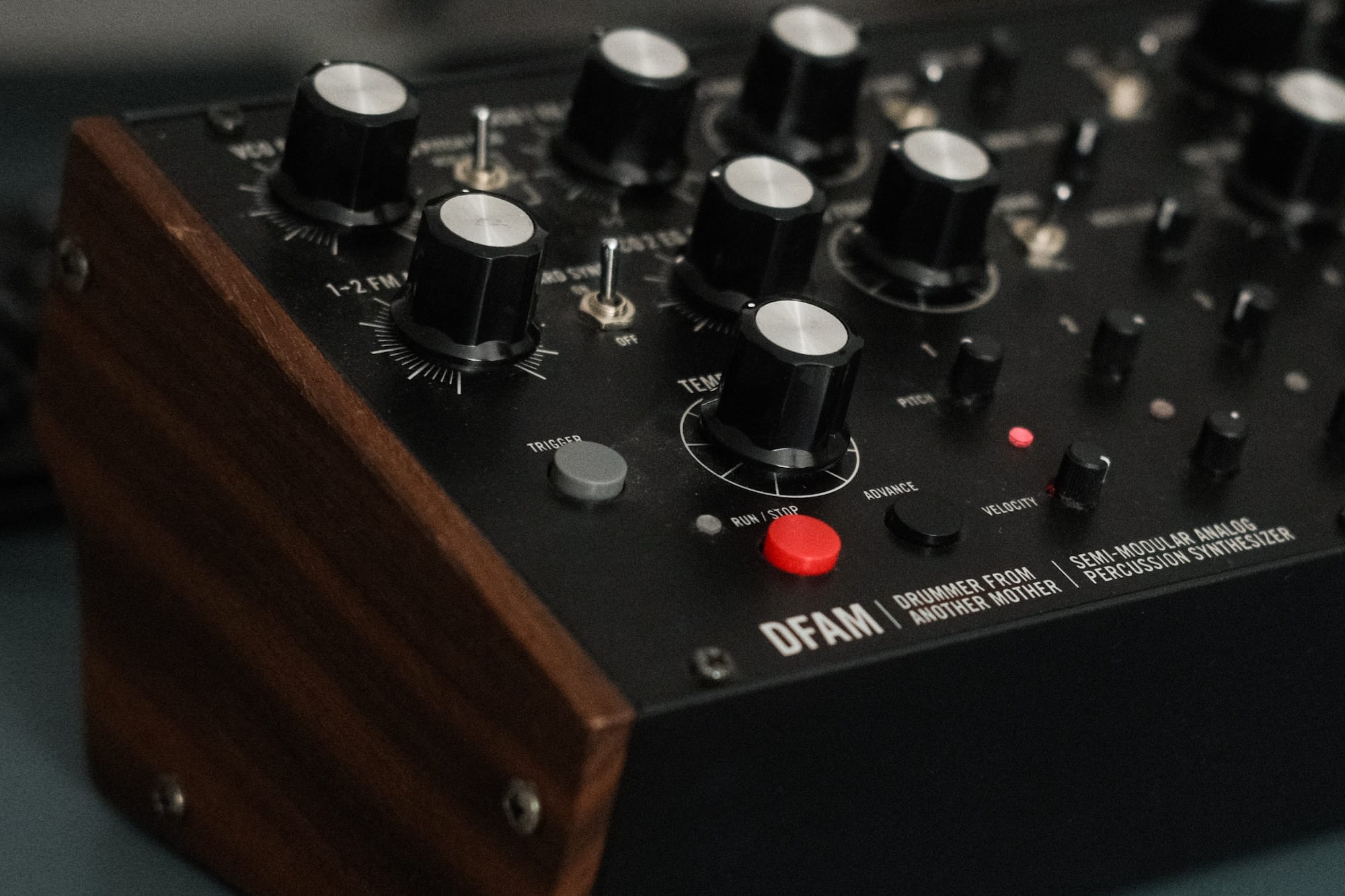
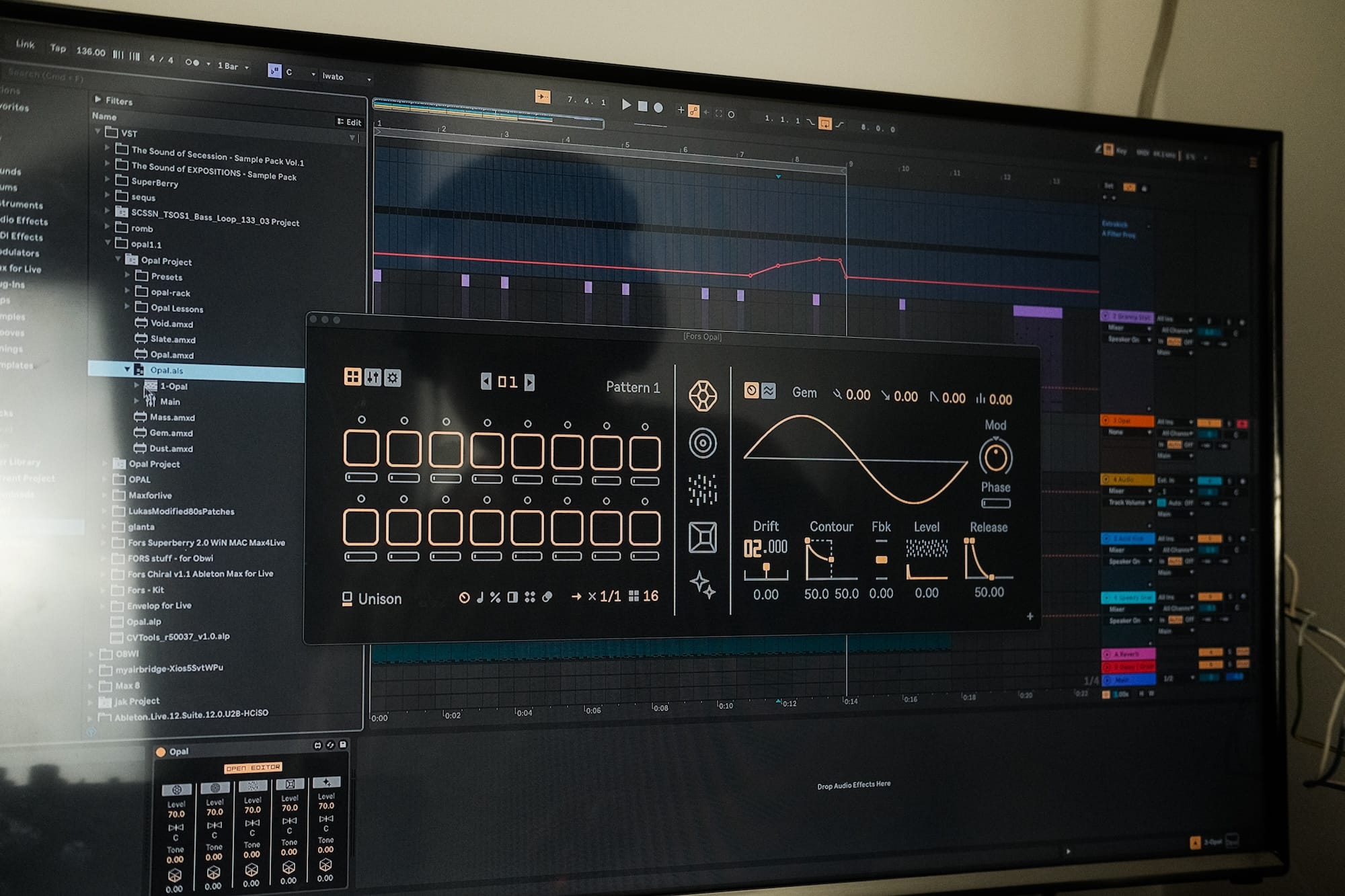
Is there an asset or instrument that you’d like to try but haven’t had the chance to yet?
I did a residency in Sweden recently where I was able to use a Moog Voyager, something I’d been wanting to try for a long time. They also had a Nord Modular G2, which was very exciting, you can spend a lot of time with it. I’d like to try it again, or some new modular stuff, like the USTA sequencer from Frap Tools, or the Odessa module from Xaoc Devices.
How was the Swedish residency? What was the experience like for you?
I spent a month about 100 km outside of Stockholm, on an island in the Baltic Sea called Gotland. The residence was in Visby, a building consisting of several studios that is run by a composer named Sten Melin. Besides me, there were three other composers there. My studio had a Moog, a Nord, a midi keyboard, a computer with Ableton, Max/MSP and all kinds of software, plus a pretty cool recording system, a smaller Genelec with a subwoofer. The best thing about it was that this was the first time in my life when I had nothing else to do than make music. I loved it. I was still working part-time at my job, but I felt that composing music was my main thing to do. It was quite an exhilarating opportunity that birthed quite a lot of music, a lot of it will come out soon.
I had total creative freedom, I didn’t have to submit a plan in advance, nor present anything at the end, I was just given the space and they encouraged me to make the most of everything that was there. The setting was exciting, too: it was by the sea, but it was winter at the time, so I went on a lot of hikes and sauna trips – the whole thing was quite a relaxed and natural experience.
What can we expect in terms of publications? Anything you can share?
What I can tell you is that I’m going to release more techno material with a Spanish label, Subsist. It will be a big album with 11 tracks. I recorded some of it at home, most of it in Sweden. And there will be another, more abstract release, 6-7 tracks that I sent to Erik (Erik Kolbenheyer, head of the label EXILES – ed.), so that will be released by him – maybe this year, if everything goes well. Almost all of this material was produced at the residency, and I was really glad to have been so productive.
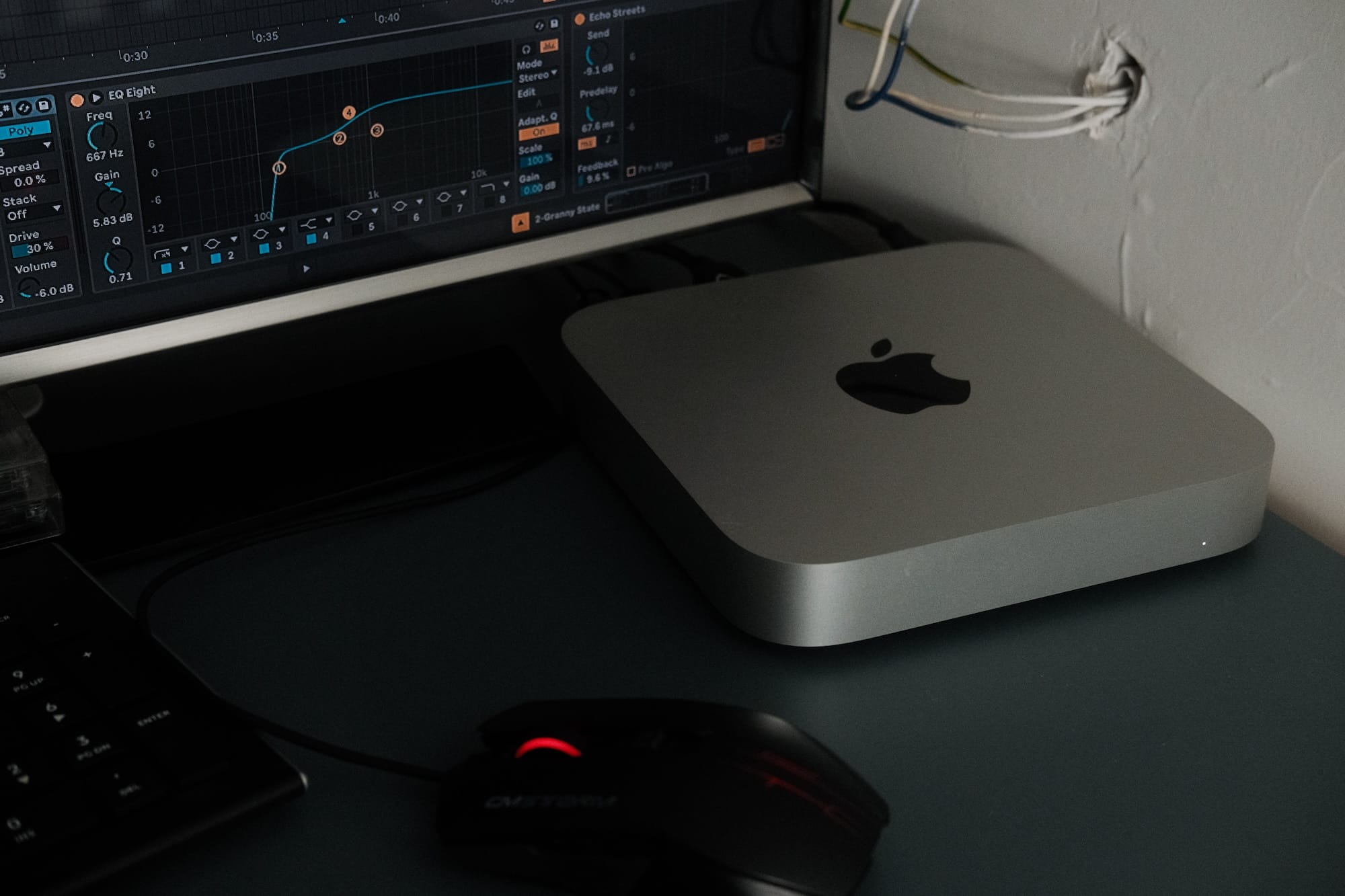
What does your creative process look like?
I always like to start with an entirely blank page. I’ll roll out some kind of a sound palette, add on some sequencing, and then move on to sound design. The defining feature is often derived from a synth line or drum rack. Then, once I have a loop, I start listening to it and either improvise on top, or layer something on. I often make several versions of a single synth and flow them into one another.
A loop can take anywhere from 1 hour to 1-2 months to make. For me, finding a loop is the state where the essence of the track is there, but it still needs to be expanded to become a track. I often don’t do this immediately, and let it simmer on my computer for a bit first. I usually have several of these track beginnings on my machine; let’s say I have four of them. I’ll be going about with my life, and it’ll occur to me that, hmm, let’s say these four tracks and an initiative from six months ago fit together perfectly, and they could be material. And then I also start thinking about how they relate to each other – and that gives me more motivation to pull them together into one material. So I start to finish one, and then figure out how to finish another. This part of the process tends to happen pretty fast. Building the loop and fiddling with it takes more time than unpacking it and turning it into a finished track.
So if I understand you correctly, you sort of “leave” track initiatives on your computer for several months, because after a certain time, when you have more of them, you can see how they fit together better?
Yes, and the interesting thing is that 4-5 years ago a lot of these half-finished projects went down the drain. They were never finished, because they didn’t feel potent enough. Nowadays, there are very few projects that I don’t finish.
What I said above is mostly about Ableton-built techno, but there is also the method (which I used in Sweden for some of my ambient work) of immersing myself in a piece of hardware and recording for, say, half an hour, while I’m doing a track with that instrument. I work around a particular timbre, flow around it, I let the sound move by itself, and then, from that recording I collage together a piece of a given length. Usually, with synthesizers, there tends to be some repetitive sequences in my music – they may only be about 30 seconds long, but they’re there.
How different is it when you’re preparing for a live set, and playing live?
That’s completely different – the hardest thing for me is putting together a techno live, because I feel that there’s a function that the musicianship has to fulfil, which is that those who are there at, say, 3am can enjoy the party in the same way as they would have enjoyed a DJ set that came before, where everything sounds lavish by current standards. I want to be able to do the same afterwards.
In the case of a live show, I’ll start preparing well before the party or event. I’ll get a musical idea, and then the setup starts to take shape along with what instruments I’m going to play with (for me, that’s not usually fixed). I don’t like to play live from Ableton, so I try to do such gigs with hardware instruments only. Besides DFAM, I used to have a Behringer Crave and Pro-1, and I had an acid synth and pedals. I like immersing myself in this stuff, even with synths that are considered to be a bit shit, patching up their CV outputs with other synths. What was really exciting about these 4 instruments was that each one had an effect on the other, and they put out a massive stream of sound. That in itself is different than starting to do sound design in Ableton.
As I said before though, with the exception of DFAM, I’ve now sold all of my equipment, so I don’t really play live sets now. I’m more into DJing these days.
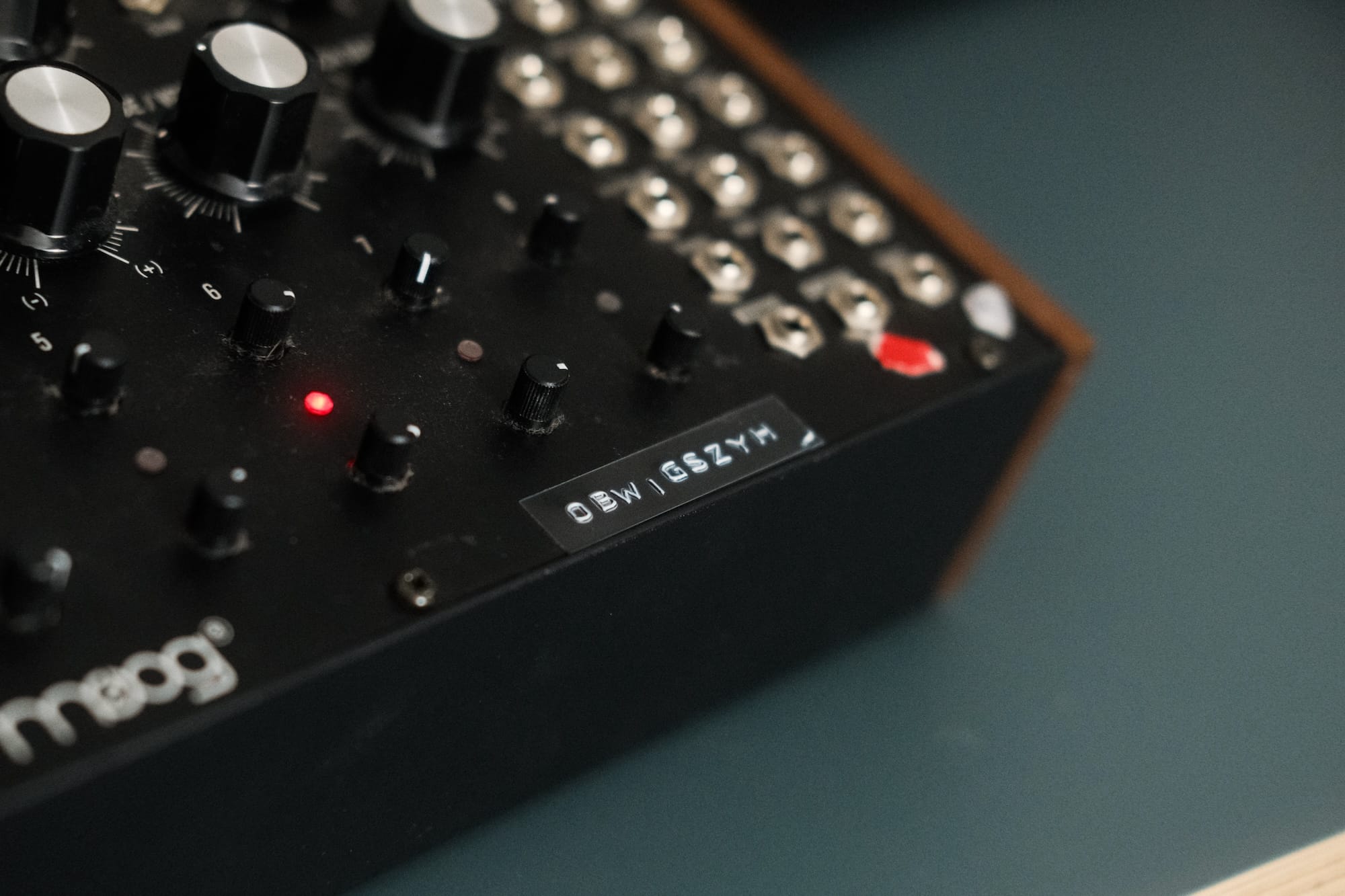
Last year at Inota you played with Non-Lethal Weapons. How did that idea come about, and what was it like to collaborate with someone live, what was the concept?
Marci is a good friend of mine, so I knew that he’d been building a modular for some time, that he was making really cool stuff with. So when Inota’s organisers asked me to play live, I thought it would be more exciting for me and I think for the audience too, if Marci and I performed together, instead of just me on my own. Everyone liked the idea, so Marci and I started practising. We even ended up using Ableton, but most of it was hardware, Marci brought along his modular. We didn’t divide stuff up where one of us would only be doing percussive stuff and the other more flowing sounds – we were constantly switching things up. I usually like forming deeper, scratchier sounds, and Marci’s style is more mathematical ones, not least because of the possibilities of the modular, so that was an exciting combination.
You also perform as a DJ under the name Obwigszyh. What kind of music do you play or like to play?
For me, DJing always has to be techno – and I’m not particularly tempted to change my mind about that. Repetitive dance music is what I like most about DJing, and I think it’s what I do best, too.
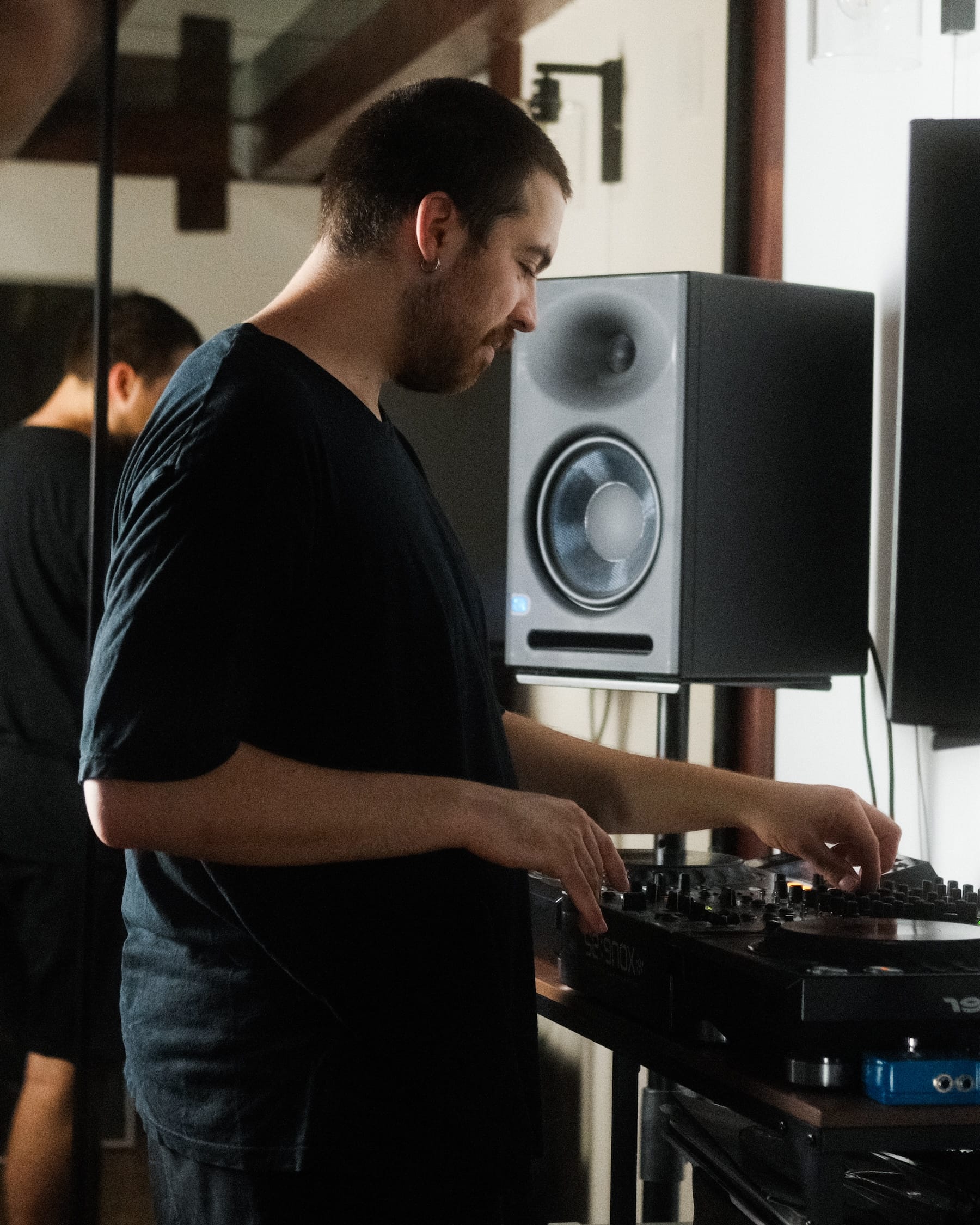
Who do you feel a sense of community with in the contemporary electronic music scene?
I obviously feel a sense of community with Műhely, which I have been running with Tamás and Ádám for a while now, and we’ve also had/have joint projects with Temporary Csabi and BRVTAL. I feel a similar connection with EXILES in relation to my more abstract themes, not least because that’s where my alter ego was introduced. Generally speaking, despite not feeling like I’m in a community with many artists, because we don’t hang out together all the time, there are still artists and DJs, both local and foreign, with whom I feel a sense of community, because we do similar things and think alike, by having the same opinion on what techno is and isn’t, what its the depths are, what we like about it, and what parts of it are more about pop culture. I could go on at length about artists who feel similarly, Justyn Nell for example. I think her works are really progressive, she played at one of our parties once and brought a beautifully put together set. Nothing fancy, just straight up techno.
I’d also add that there’s a website and community called Aslice, where DJs upload their setlists after their shows, and you can create an account as a DJ or producer to see them. Registered producers will get a notification if a DJ played their music at a show, which is a good thing on its own, and can also make money for the producers. It’s quite a progressive tool for this and for feedback, and there’s more and more stuff like this, thankfully – and yeah, it makes you feel like you don’t necessarily have to be on good terms with someone or know them personally. By doing what we’re all doing, we’re all in one community.
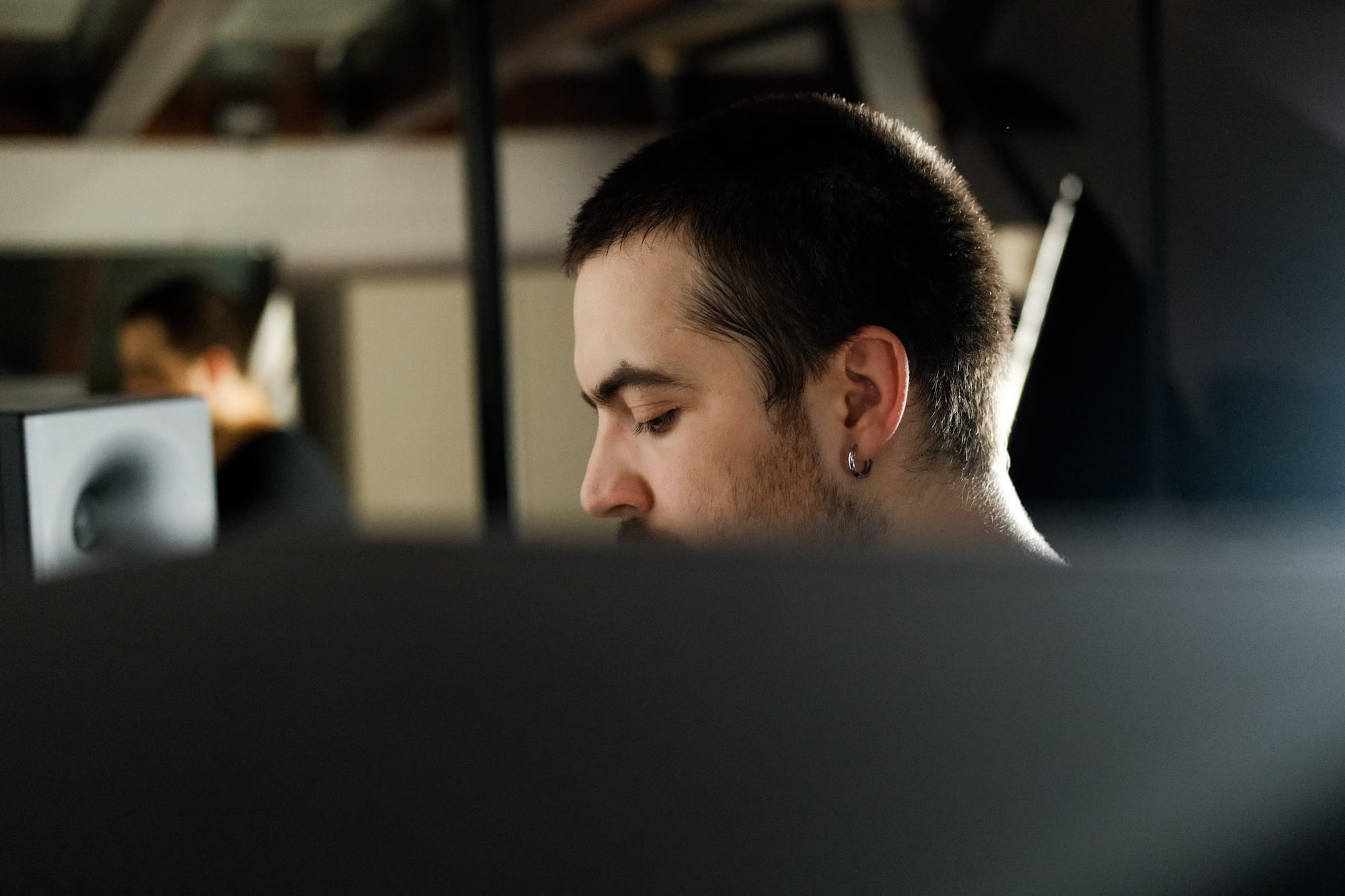
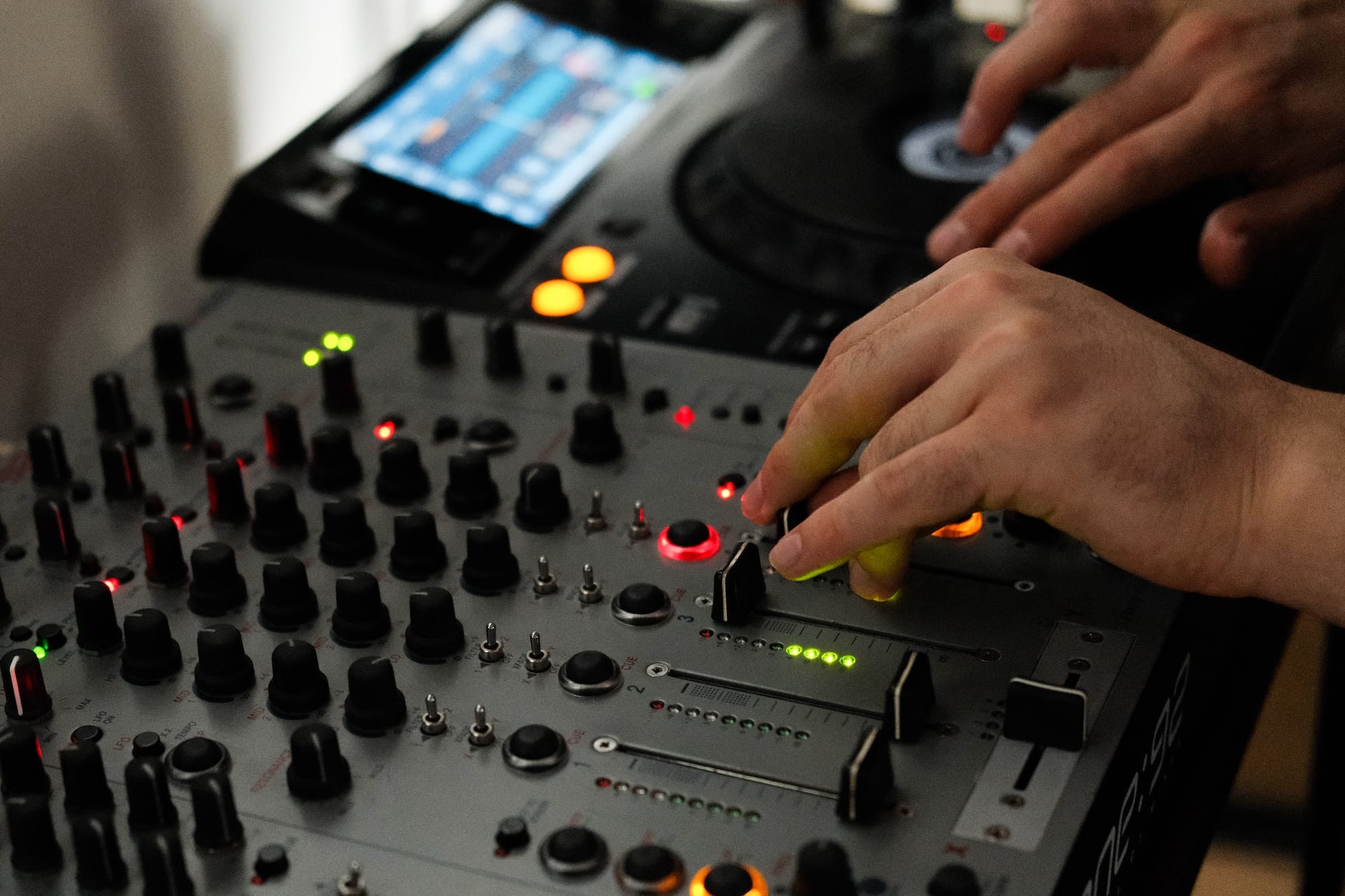
What are your thoughts about today’s techno scene?
Since whatever is hot in techno changes every 4-5 years or so, I think it helps if someone can develop what they like within this genre regardless of that and deliver it to the audience in an hour or two – or three hours or four. I think techno should be about the same thing today that it once was, 30 years ago: to get people to a music venue (whether it’s a club night or a label showcase) where there’s some underground music culture, where you can feel like you’re getting an experience of music that’s part of something more layered and deeper. And if you’re not involved in that culture yet, of course you’ll go to more commercial places first, because that’s what you think techno is – but it’s always worth digging down further, looking around within the music scene of a city, whether through labels or clubs. I like finding these places and supporting them.
What do you think about commercial techno?
I don’t think negatively of the genre, its artists, or its audience – that’s just not my thing. I can’t enjoy it that much, so I’m not into it, and therefore I’m not that interested. It’s a different kind of musical experience, a part of a different culture than an underground night. But there is a kind of crossover between the two: I enough self-criticism to note that I used to make music at the beginning of the Obwigszyh project that was much more commercial than the stuff I play now. I’ve seen other people go from one to the other, both directions happen.
What are your latest musical interests?
I can feel a new alter ego forming. I want to keep Obwigszyh as it is, and I want a persona for more live and abstract work. I wouldn’t bring techno into that at all. I want to perform with synthesizers, and perhaps even play some pre-written pieces.
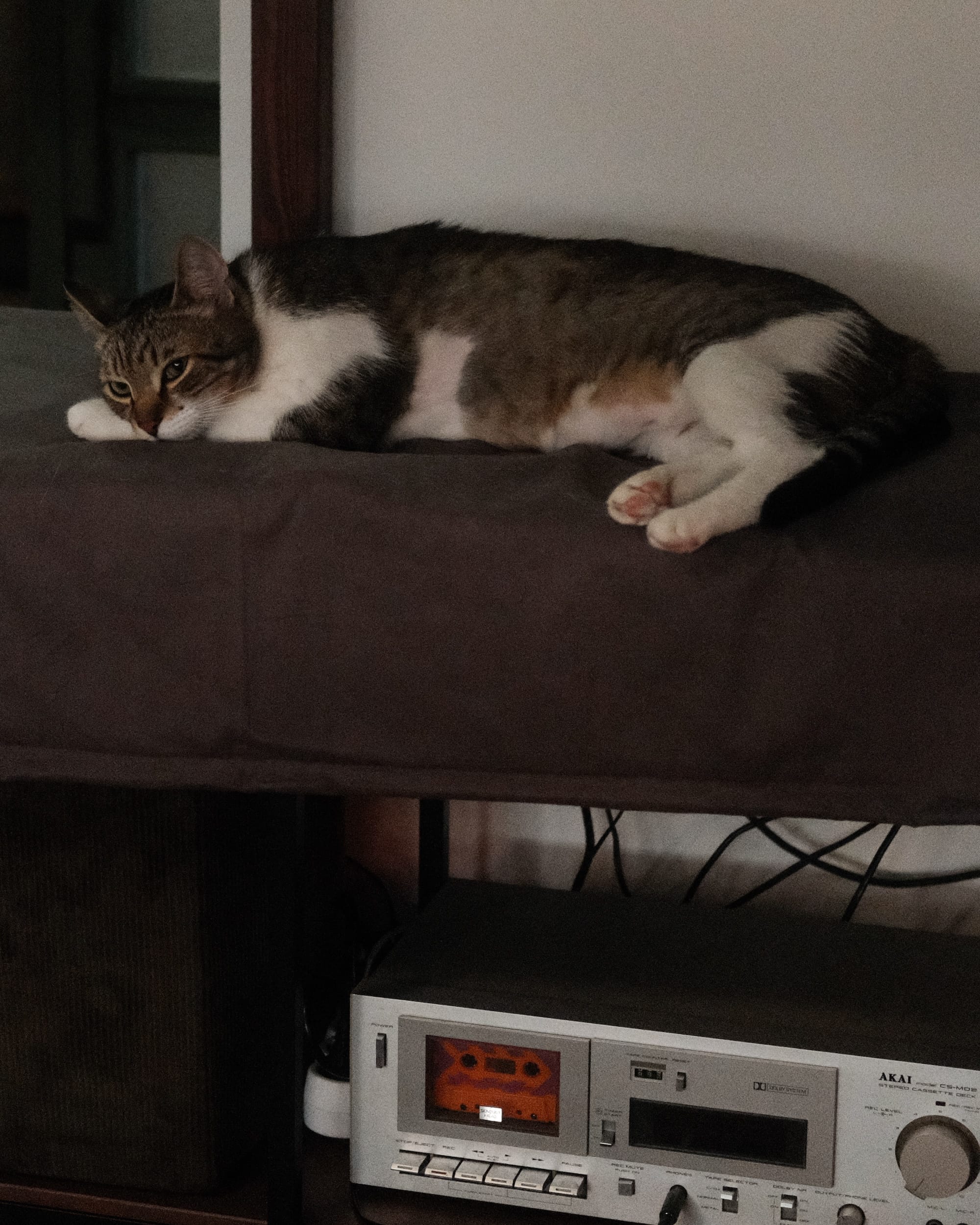
–
Photos by Gábor Nemerov.
Originally written by @voremen for MMN Mag. Translated from Hungarian by Gabriella Gal.
This article is brought to you as part of the EM GUIDE project – an initiative dedicated to empowering independent music magazines and strengthen the underground music scene in Europe. Read more about the project at emgui.de.
Funded by the European Union. Views and opinions expressed are however those of the author(s) only and do not necessarily reflect those of the European Union or the European Education and Culture Executive Agency (EACEA). Neither the European Union nor EACEA can be held responsible for them.